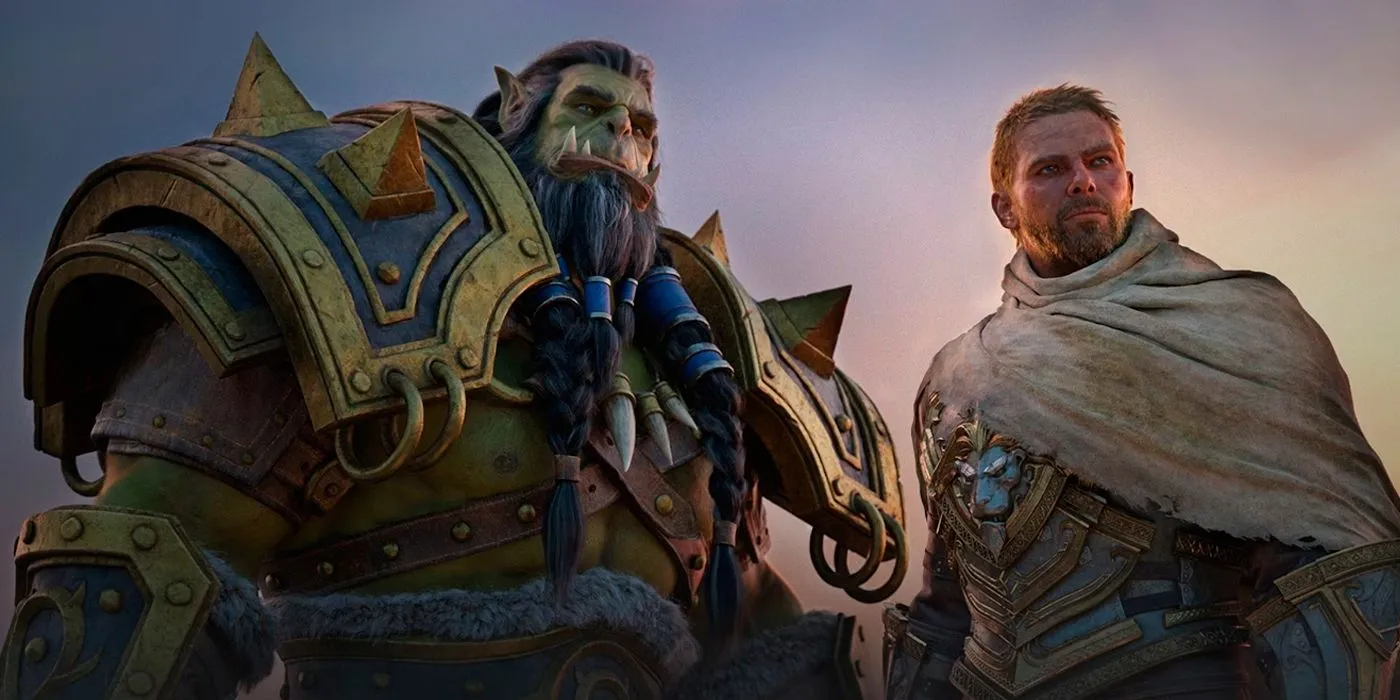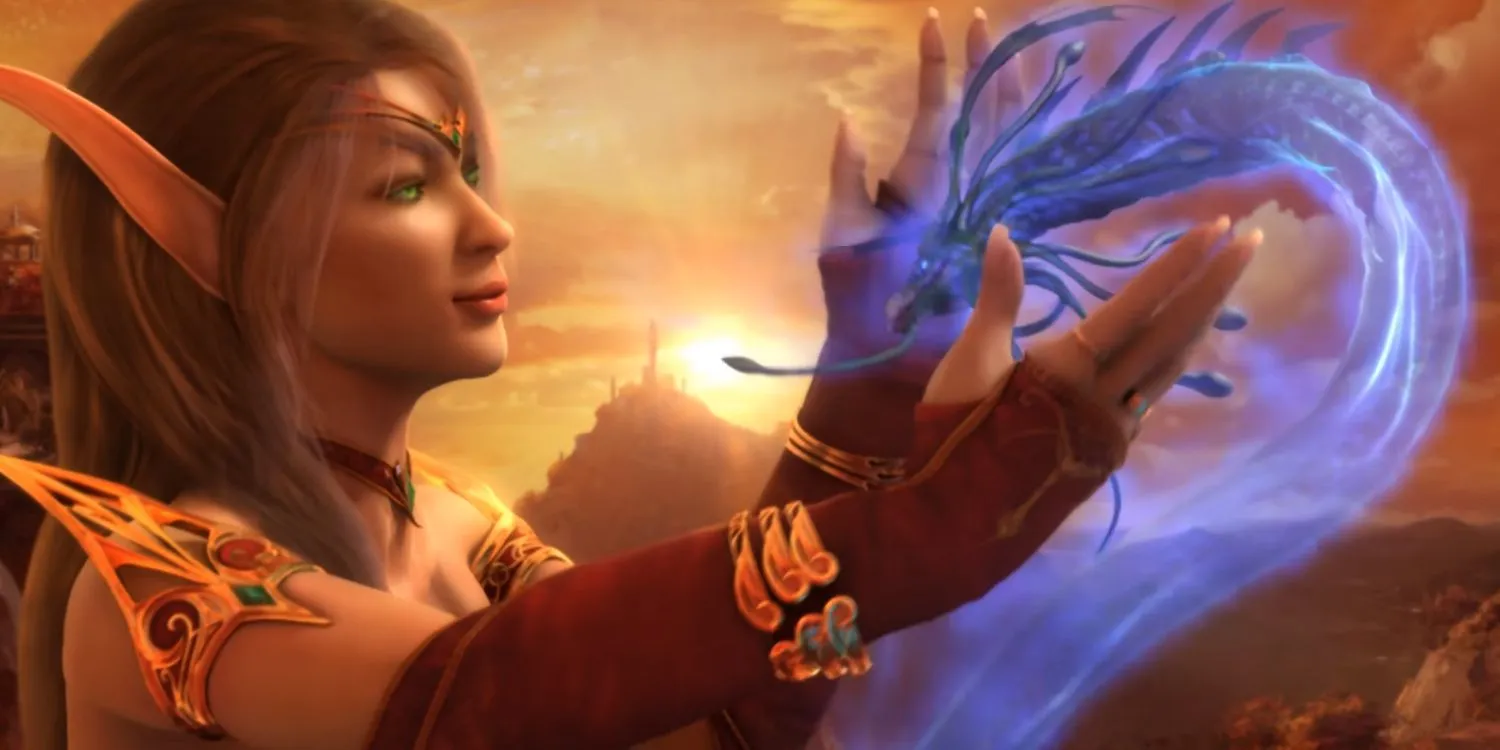
The Worldsoul Saga continues to unfold with the upcoming release of World of Warcraft: Midnight. Although Blizzard hasn’t disclosed extensive details about this latest expansion, the snippets and teasers made public so far have stirred excitement and intrigue within the community. With references to past events like The War Within, which spotlighted Alleria and Xal’atath, it seems Midnight is poised to explore the diverse Elven tribes that have historically dotted the landscape of Azeroth.
Central to the narrative of Midnight will be an endeavor to reconcile the fragmented Elven cultures. Blizzard is also tackling significant new features for the game, including the long-requested addition of player housing. Both of these initiatives pose unique challenges; reuniting the Elves could have profound implications for the faction system, given their diverse allegiances, and implementing player housing involves intricate logistics.
Understanding the Plot of Midnight
A Focus on Elves and the Void

Elven characters will be pivotal in the Midnight storyline, set against the backdrop of Quel’Thalas. This region could become the stage for various Elven tribes to unite against the looming menace of the Void. Given the Void’s prominence in the first part of the Worldsoul Saga, its continued role is expected as players anticipate Xal’atath’s resurgence following her defeat in The War Within.
This expansion also heralds the return of the Sunwell, a vital element that hasn’t been featured prominently for some time. Previously corrupted by the Burning Legion during their attempts to summon Kil’jaeden, the Sunwell’s legacy remains significant in Warcraft lore. Its reappearance suggests that the Void and Xal’atath may seek to exploit its power, reminiscent of past events, potentially to summon new allies.
The Historical Fragmentation of the Elven Tribes
Warcraft’s Racial Origins

Elves hold one of the oldest legacies in Azeroth, but centuries of conflict and turmoil have led to their division into distinct tribes, each developing its own cultural identity. All Elven races can trace their lineage back to the Night Elves, who originally flourished around the Well of Eternity. While the Night Elves altered their societal structure to embrace Elune and druidism, their historical ties to magic are still evident.
The devastation wrought by the Burning Legion catalyzed a shift that ultimately reshaped the continents of Azeroth, creating diverse Elven cultures and appearances. As these groups adapted to their circumstances—often learning to survive without the Wellspring of their ancient power—the Nightborne emerged, sealing themselves away from the world in Suramar.
In contrast, a faction known as the High Elves gravitated toward the magic of the Well. Some allied with Azshara and were subsequently transformed into Naga after their fall. Meanwhile, the remaining High Elves faced exile following their involvement in the War of the Ancients. They later became known as Blood Elves, a tribute to their fallen kin during the conflicts with the Scourge.
Additionally, the Darkfallen and Void Elves further illustrate the complexity of Elven identity. The Darkfallen are former Elves raised as undead by the Scourge, who eventually regained free will and became Forsaken under Sylvanas. Conversely, the Void Elves emerged after facing exile from Silvermoon due to their experiments with the Void and have been led by Alleria, who masters this dark power while guiding others who share her plight.
Implications of Reuniting the Elves
Potential Changes to the Faction System



The narratives within The War Within highlighted the imbalance between the Alliance and Horde, with characters like Alleria and Anduin taking center stage. Currently, the faction system appears outdated as players frequently unite across factions to combat impending threats. This lays the groundwork for a potential reevaluation of faction dynamics, especially if the Elves are to unite against the Void.
However, several complexities must be addressed. Uniting the Elves does not imply recreating a singular race. Significant differences in values and cultural histories exist among them, particularly with the integration of the Void Elves, who complicate relations as they embrace the very force that threatens all.
Moreover, the Naga could also enter the fold as an Elven tribe, providing additional layers to this narrative of alliance and conflict.
While much of the excitement surrounding Midnight revolves around the introduction of player housing, this campaign’s storyline hints at transformative possibilities for the future of Elven lore and the broader faction system in World of Warcraft: The War Within. Although substantial changes to the faction framework may seem far-fetched considering the game’s long history, the quest to reunite the Elves promises to unveil unexpected outcomes.




Leave a Reply